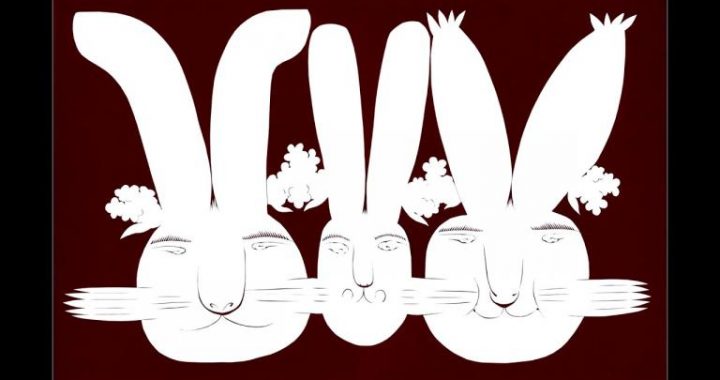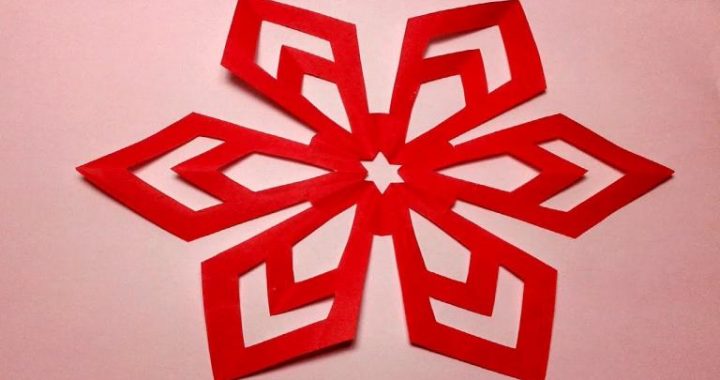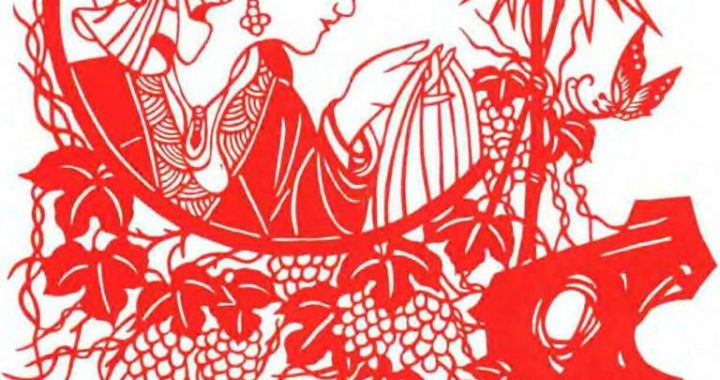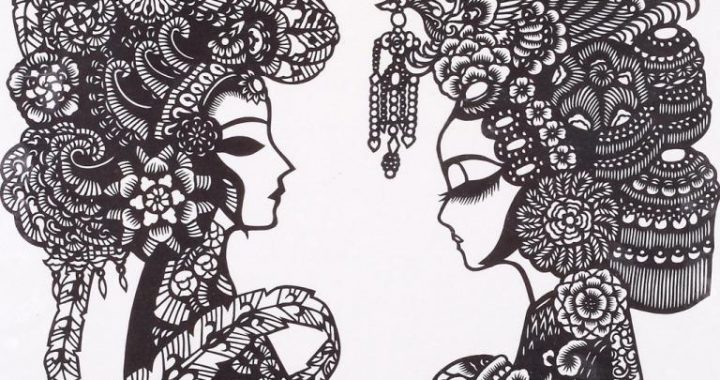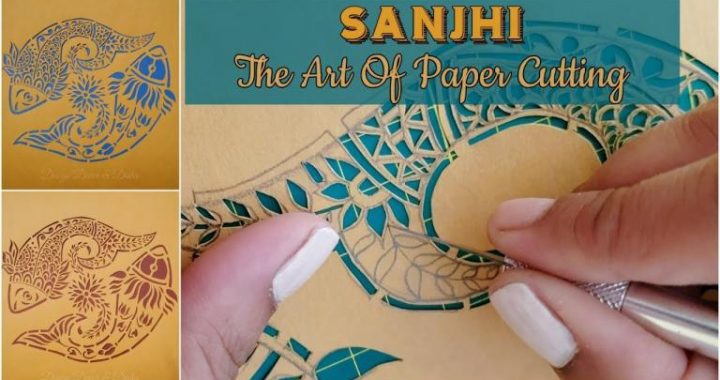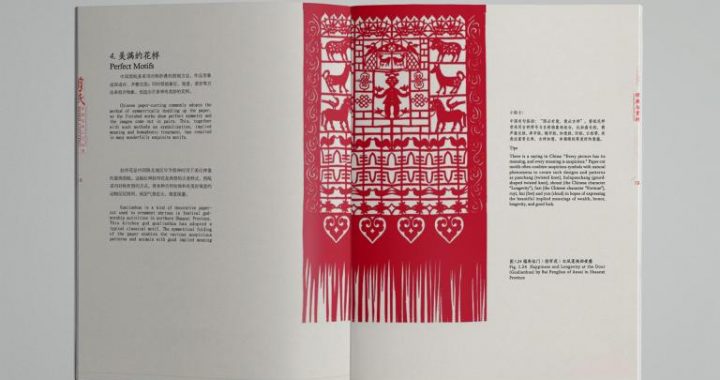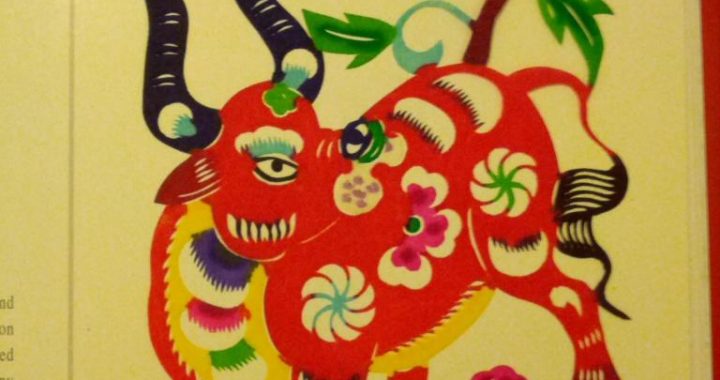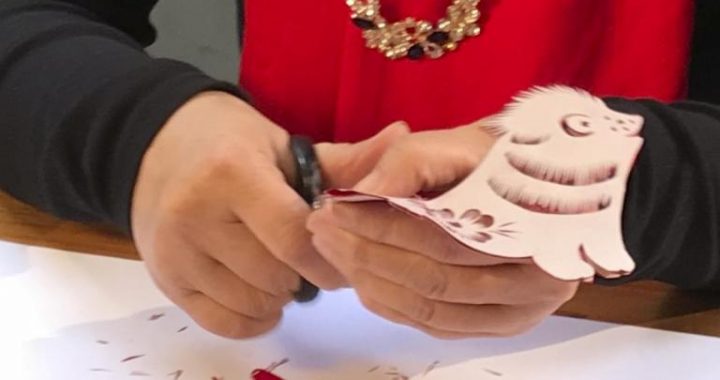Natural Wax Printing
2 min readAbout 2,000 years ago, wax printing appeared in China, with batiks being found among the goods traded along the Silk Road during the Han Dynasty (206 BC-AD 220). It was also found in the relics of the Northern Dynasties(386-581) unearthed in the Xinjiang Uygur Autonomous Region. By the Tang Dynasty, wax printing techniques had matured, and scenes of batik making were reproduced in the murals of Grotto 1 30 of the Mogao Grottoes in Dunhuang, Gansu Province.
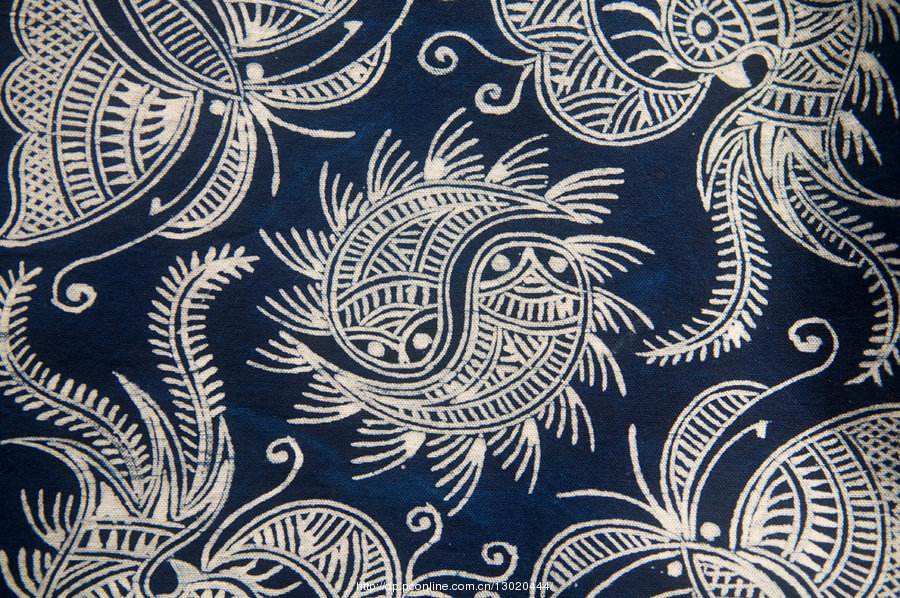
Wax printing has long been a widespread technique used in the history of Chinese fashion.
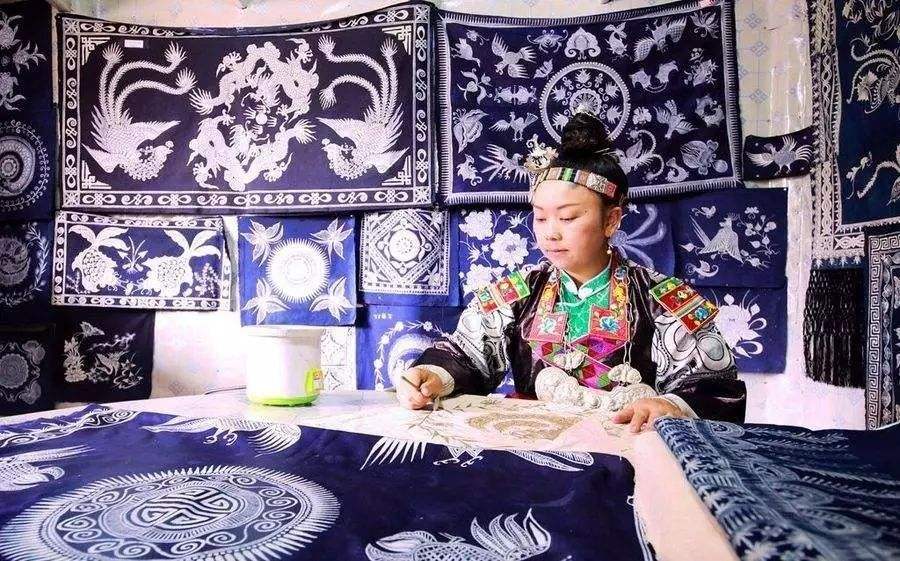
It was applied across the country, from the northwest to the northeast, from the southwesternborder areas to the lake regions south of the lower Yangtze River. Guizhou Province is wherewax printing is the most widely used, and Guizhou women have a special love for batik. Today, in some parts of the province, women’s clothing, headwear, aprons, and skirts are mostly made of batik. Batik is still loved by people today because of its natural, dynamic beauty.
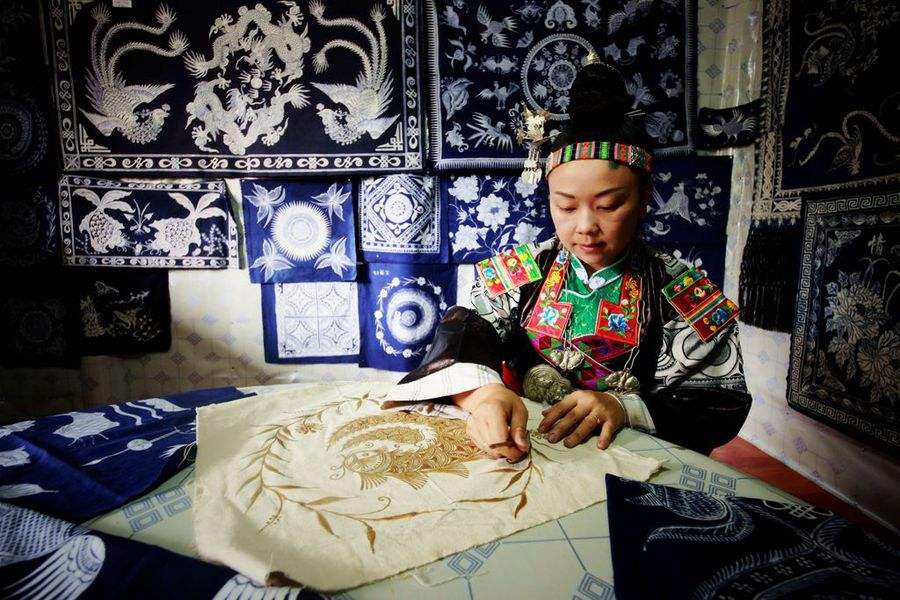
Emperor Qianlong’s Concubine ornamenting Her Hair,Qing Dynasty commanderin-chief’s wife worshipping Buadha(detai),rang oymasb.muralincroo 130,Dunhuang During the dyeing process,beeswax is applied to prevent some parts of the cloth from being dyed,so as to acquire a special dyeing effect.The process goes as follows:first,thebeeswax is melted,and a copper knife is used to apply the melted wax to the cloth to form designs.After the beeswax has dried,the cloth is put into a vat of indigo for dyeing.Afterwards,the dyed cloth is put into water and boiled to get rid of the beeswax,before it is rinsed.This is how white designs appear against a background of blue.
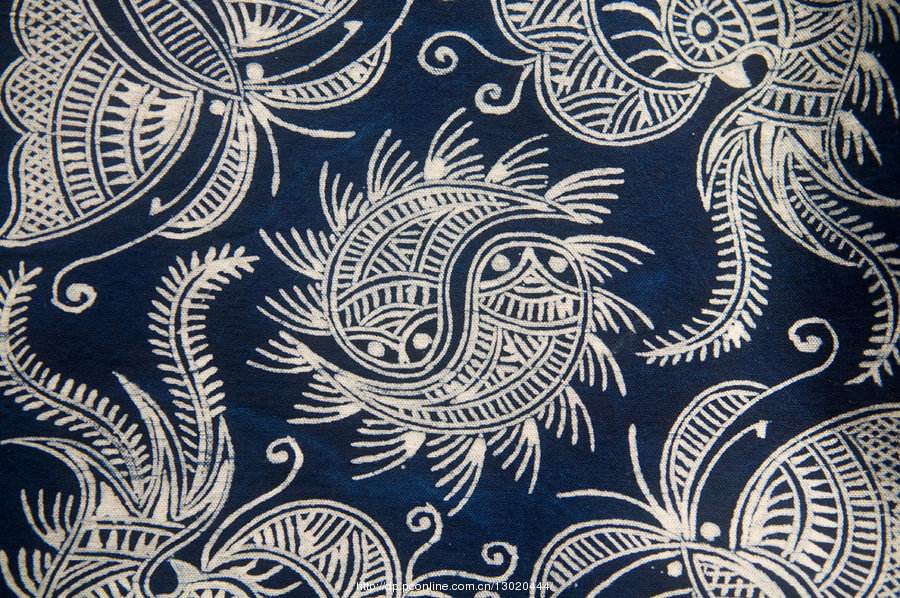
Special”ice cracks”appear during the dyeing process.This is because when the beeswaxdries,it develops cracks,which absorb indigo in the process of dyeing,thus forming the beautiful natural lines resembling breaking ice.These lines are naturally formed,just like the crackles on the surface of crackleware.They represent the beauty and soul of batiks.
